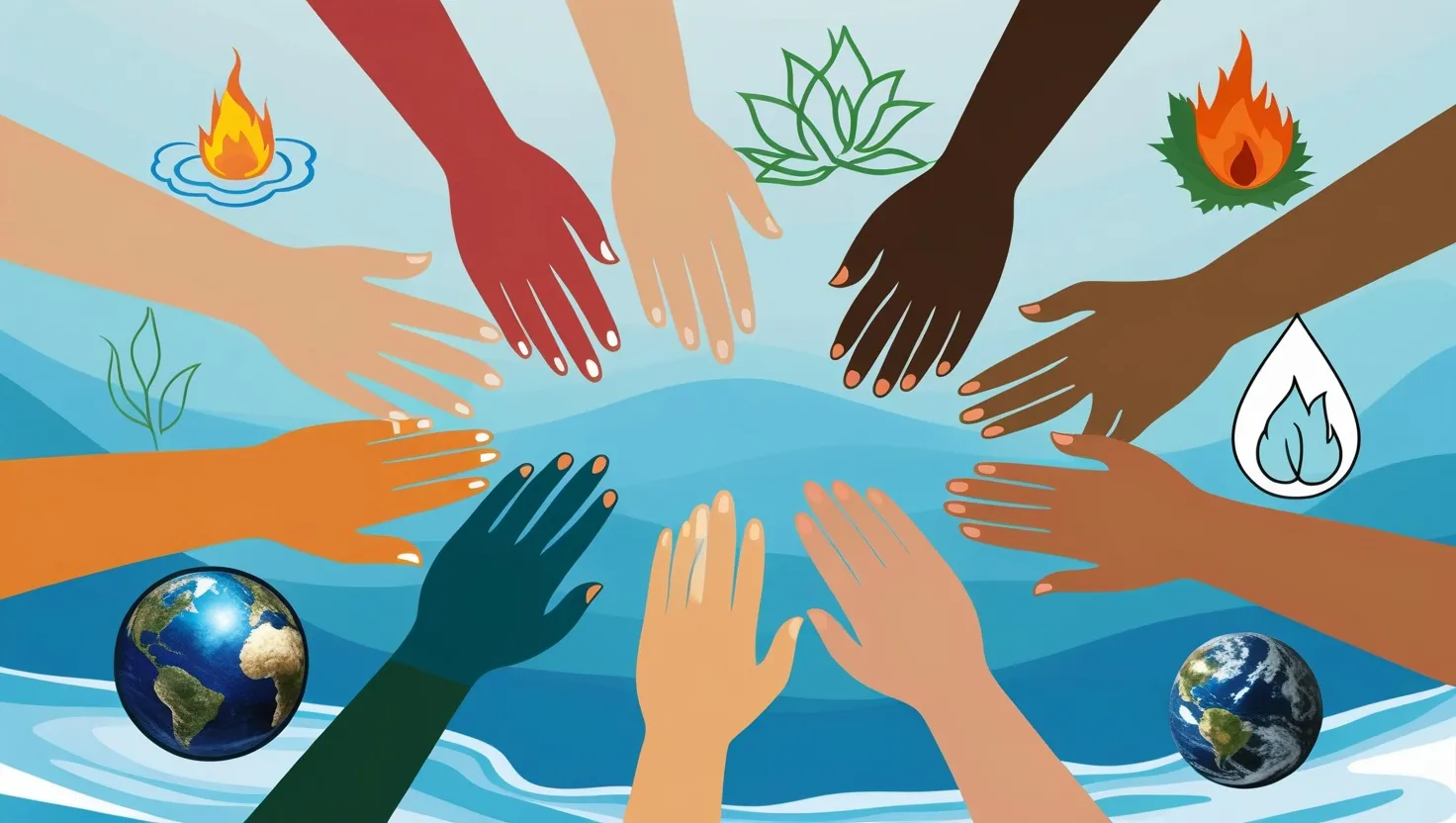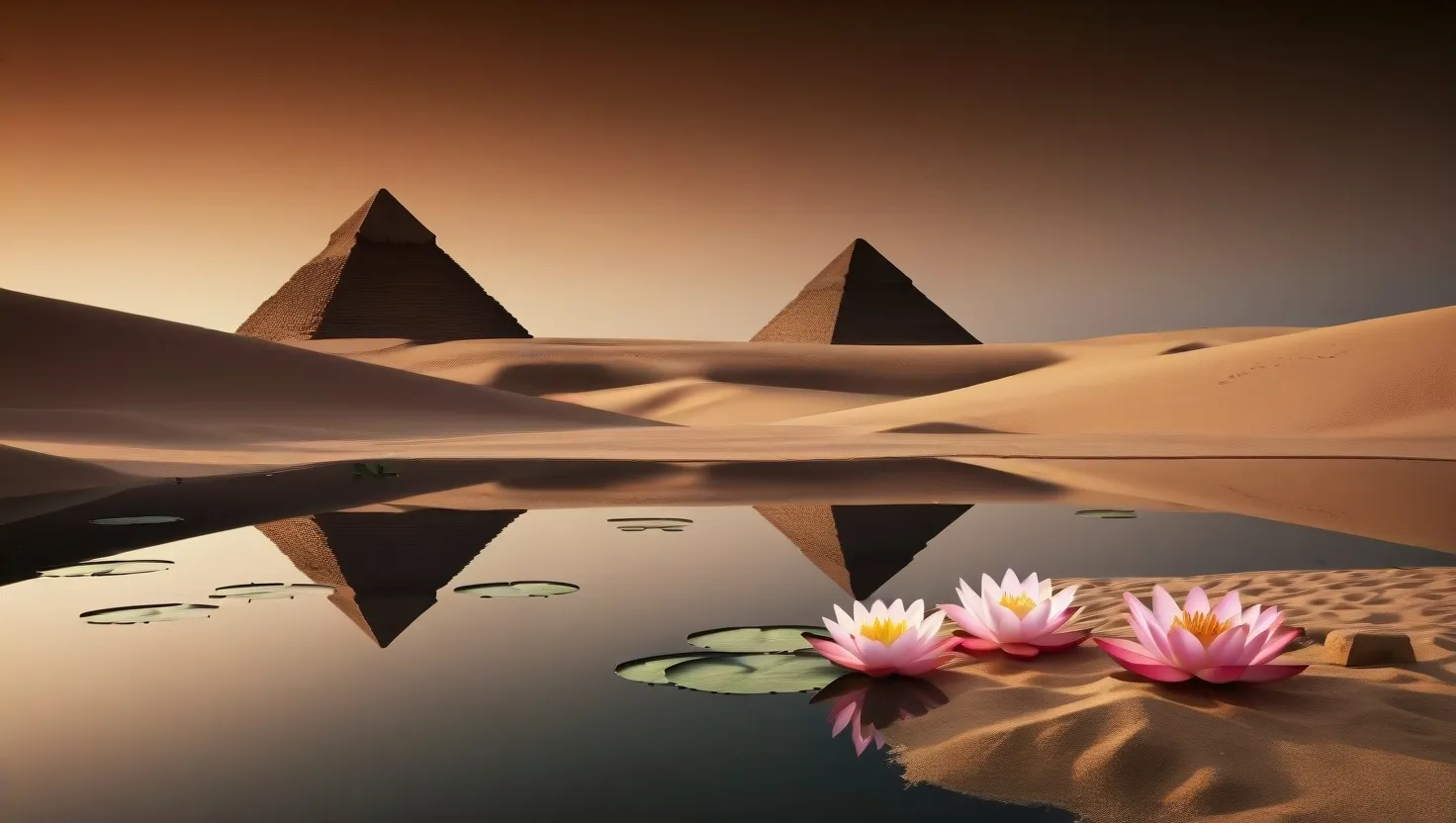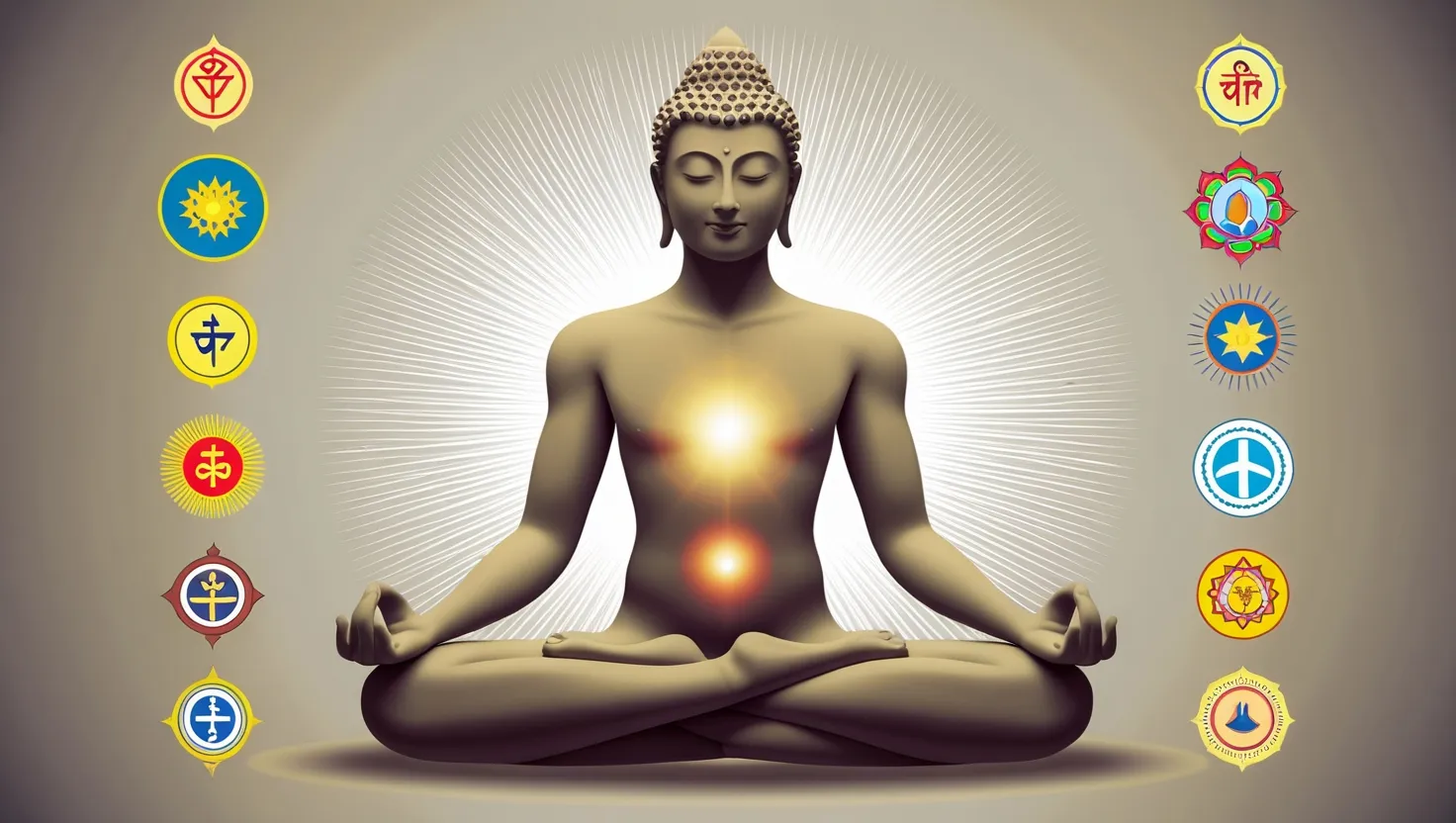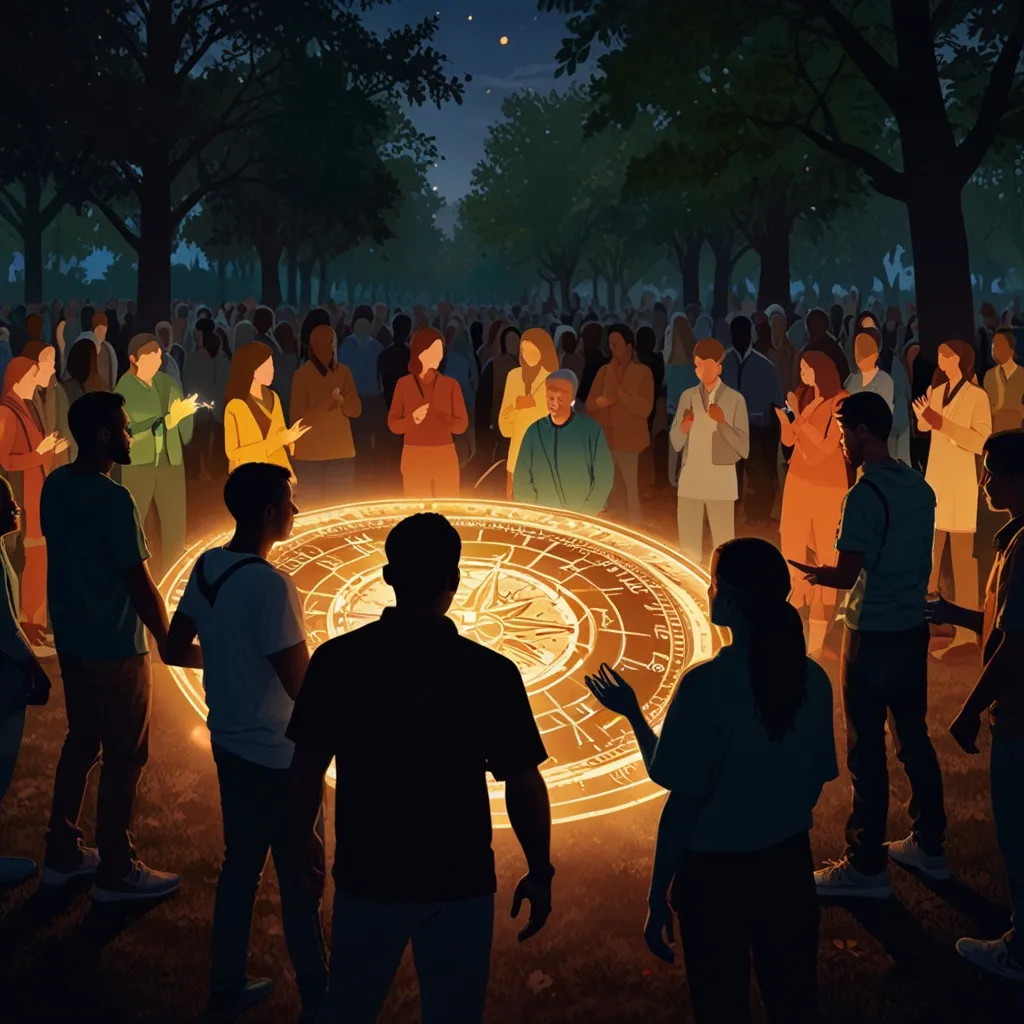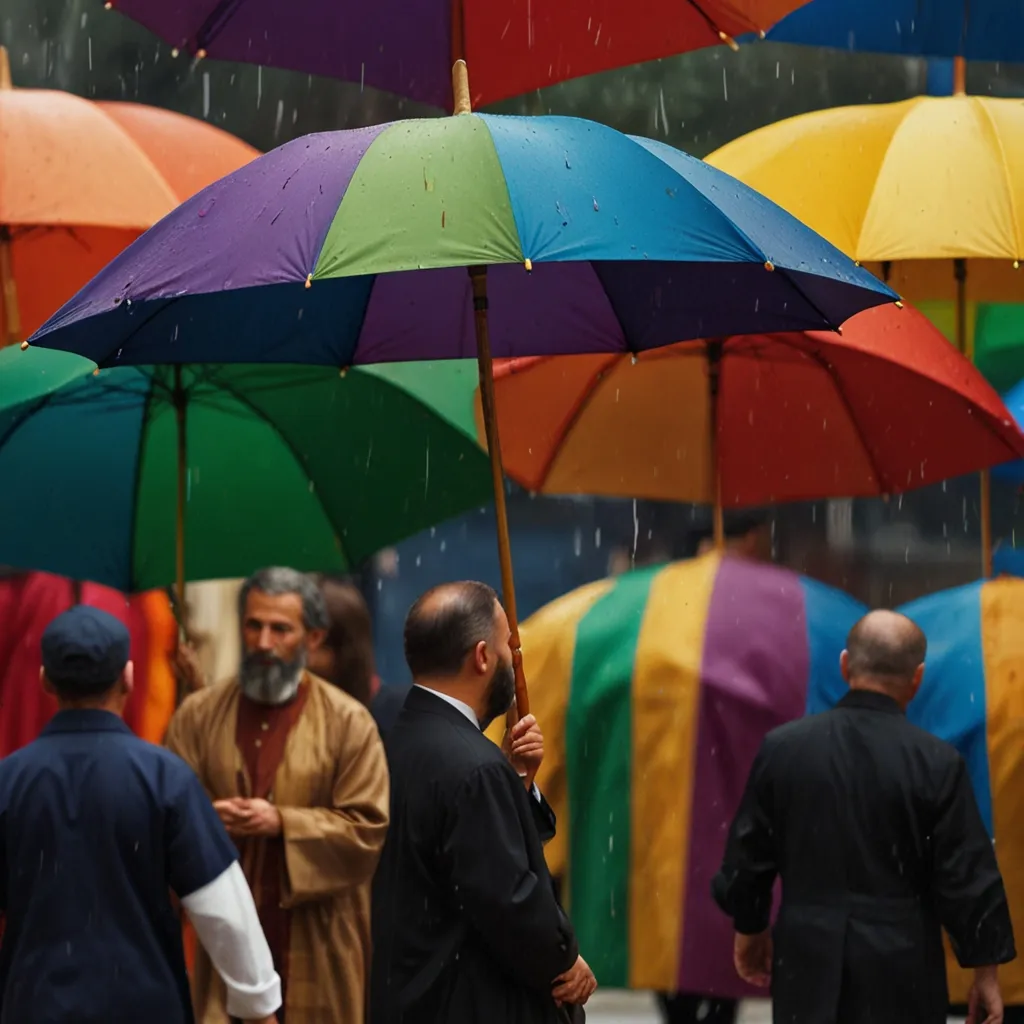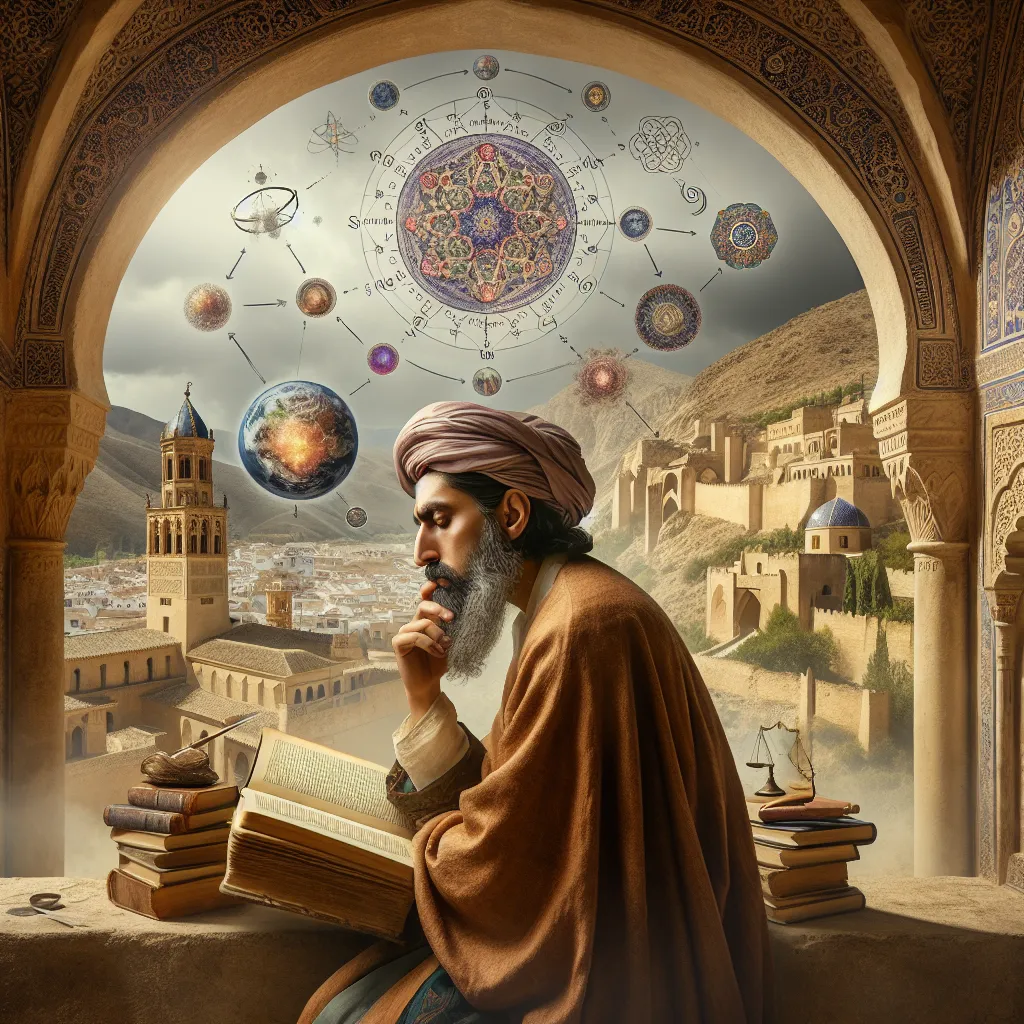As I delve into the realm of ancient religious rituals, I am struck by the profound impact these practices have had on modern society. These rituals, often rooted in traditions that span thousands of years, continue to shape our cultural norms, influence our approaches to personal well-being, and foster a sense of community and social responsibility.
Let’s begin with baptism, a ritual that has been a cornerstone of Christian faith for centuries. Baptism is more than just a symbolic act; it is a public confession of faith and a commitment to following Jesus Christ. It signifies the removal of sins and the beginning of a new life in Christ, marking a person’s spiritual renewal and inclusion into the community of believers. Today, the significance of baptism extends beyond its religious context. It represents a commitment to a set of values and a sense of belonging to a community. This concept of community and shared values is something that resonates deeply in modern society, where people often seek a sense of belonging and purpose.
In Hinduism, the gesture of Namaskaram, or Namaste, is a ubiquitous part of daily life. It is not just a greeting but a way of showing respect and acknowledging the divine in another person. When you join your palms and bow your head, you are honoring the god within the person you meet. This gesture has transcended its cultural origins and is now widely adopted in yoga and mindfulness practices around the world. It symbolizes gratitude, respect, and a connection that goes beyond mere physical interaction. In a world where mindfulness and wellness are increasingly valued, Namaste has become a universal language of respect and harmony.
Smudging, a ritual practiced in many Indigenous traditions, involves burning sacred herbs to purify and cleanse individuals, spaces, and objects. This ancient practice has been adapted in modern wellness contexts for stress relief and energy cleansing. The act of smudging is not just about burning herbs; it is a ritual that connects us with nature and our ancestors. It reminds us of the importance of living in harmony with the natural world and respecting the traditions of those who came before us. In an era where stress and anxiety are rampant, smudging offers a unique way to find calm and balance, highlighting the enduring relevance of ancient purification rituals.
Zakat, the obligatory charitable giving in Islam, is another ritual that has significant modern relevance. Zakat is not just a religious obligation but a social responsibility that ensures wealth is redistributed to those in need. This concept has influenced contemporary discussions on wealth inequality and social justice. In a world where economic disparities are increasingly evident, the principle of Zakat serves as a powerful reminder of our duty to care for one another and to use our resources for the greater good.
Meditation, a core practice in Buddhism, has become a staple of modern secular life. Originally designed for spiritual growth and mindfulness, meditation is now widely adopted for mental health and stress management. The practice involves focusing the mind and cultivating a sense of awareness and calm. In a fast-paced world where stress and mental health issues are on the rise, meditation offers a simple yet powerful tool for achieving inner peace and clarity. It underscores the importance of taking time to reflect and connect with our inner selves, a lesson that is as relevant today as it was in ancient times.
These rituals, though rooted in ancient traditions, continue to shape our modern world in profound ways. They remind us of the importance of community, respect, purification, social responsibility, and mindfulness. Whether it is the spiritual rebirth symbolized by baptism, the respect and connection embodied by Namaste, the purification and balance achieved through smudging, the social justice inherent in Zakat, or the mental clarity gained through meditation, these rituals offer timeless wisdom that transcends their original contexts.
In a world that is increasingly interconnected and diverse, these ancient rituals serve as bridges between cultures and generations. They provide a common language and shared values that can unite people across different backgrounds and beliefs. As we navigate the complexities of modern life, these rituals offer a sense of continuity and meaning, reminding us that our actions and practices have the power to shape not just our individual lives but also the world around us.
The enduring impact of these rituals is a testament to the power of tradition and the human desire for connection, meaning, and well-being. Whether practiced in their original religious contexts or adapted into modern secular life, these rituals continue to inspire and guide us, offering a rich tapestry of practices that enrich our lives and foster a deeper sense of community and purpose. As we look to the future, it is clear that these ancient rituals will remain an integral part of our cultural and spiritual heritage, guiding us toward a more compassionate, mindful, and harmonious world.
